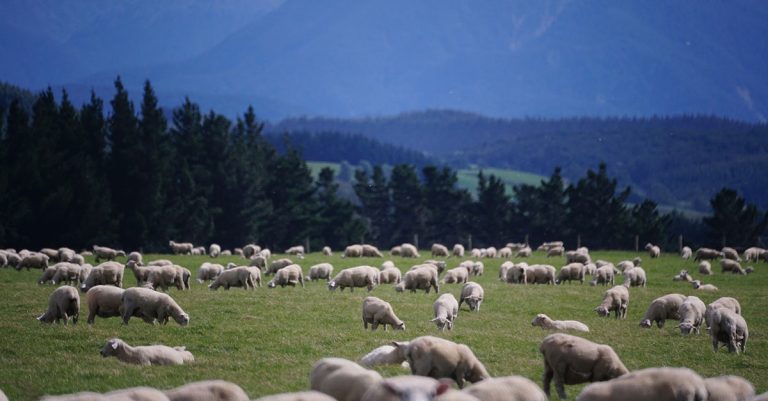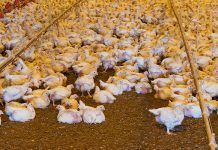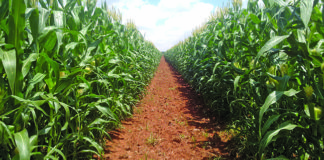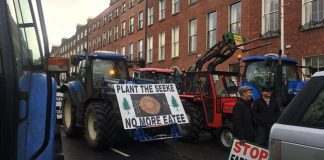
Photo: Pixabay
The wool industry has long been an iconic part of New Zealand’s rural identity, supporting vibrant rural communities over many generations of farmers, and remains an important part of the country’s regional economy.
However, according to the Wool Research Organisation of New Zealand (WRONZ), the strong wool sector had been facing increasing competition from synthetic fibres since the 1960s, and especially during the past 20 years.
In an attempt to revive New Zealand’s flagging wool industry, research was being undertaken into new applications for fleeces.
WRONZ had therefore set up a company called Wool Source that was developing unique wool particles that could be turned into powders and pigments for applications as diverse as cosmetics, the printing industry, personal care products, and other luxury goods, Farm Weekly reported.
A pilot production facility had been established at Lincoln University near Christchurch in the Canterbury region of New Zealand to manufacture the first ingredients from the deconstructed wool.
In addition to the A$2,92 million (about R31,8 million) invested in the project by WRONZ, the New Zealand Ministry for Primary Industries would be investing a further A$1,95 million (R21,2 million), as it was hoped that such products would create the potential for global exports.
“By funding fundamental and enabling science that creates new uses and products from our traditional wool clip, we aim to create better outcomes for farmers with increased demand and pricing at the farm gate, and create sustainable value across the wool sector,” WRONZ chairperson Andy Fox said in a statement.
The majority of sheep farmed in New Zealand produced coarse diameter fibre mainly used in floorcoverings such as broadloom carpets and rugs.
The increasing use of synthetic fibres in these products had reduced the demand and price of strong wool, a report on the WRONZ website said.
Prices for strong wool were currently at their lowest point, which was resulting in a significant decline in sheep numbers and the volume of wool produced, down from 58 million sheep producing 305 000t of wool in 1990, to 27 million sheep producing 140 000t of wool in 2020, the report said.













